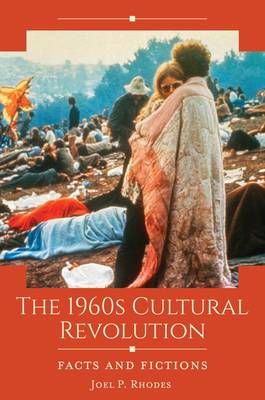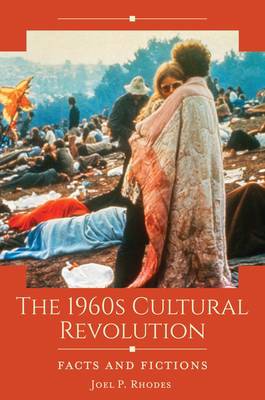
- Retrait gratuit dans votre magasin Club
- 7.000.000 titres dans notre catalogue
- Payer en toute sécurité
- Toujours un magasin près de chez vous
- Retrait gratuit dans votre magasin Club
- 7.000.0000 titres dans notre catalogue
- Payer en toute sécurité
- Toujours un magasin près de chez vous
Description
This book uses evidence-based primary source analysis to provide students with the historical perspective necessary to think critically about the romantic memories, stubborn stereotypes, misperceptions, deliberate falsehoods, distorted myths, and old grudges that distort our popular perceptions of the 1960s.
Twenty-first century Americans routinely use the 1960s as a metaphor, a sort of convenient shorthand, for the cultural wars--that continuous clash over differing values, beliefs, attitudes, and lifestyles--still bitterly polarizing the nation. Therefore, understanding the 1960s cultural revolution is critical to understanding ourselves. What this book contributes to that conversation is needed historical perspective with evidence-based primary source analysis. Ten chapters shed light on ordinarily overlooked aspects of the period, challenge stubborn misconceptions, and explore the enduring legacy of the 1960s. Primary source material--both written and visual--is drawn from archival holdings, newspapers, published proceedings, oral histories, and memoirs in order to present a balanced, accessible examination of mistaken beliefs and the historical truths.Spécifications
Parties prenantes
- Auteur(s) :
- Editeur:
Contenu
- Nombre de pages :
- 272
- Langue:
- Anglais
- Collection :
Caractéristiques
- EAN:
- 9781440876295
- Date de parution :
- 13-09-22
- Format:
- Livre relié
- Format numérique:
- Genaaid
- Dimensions :
- 162 mm x 238 mm
- Poids :
- 594 g

Les avis
Nous publions uniquement les avis qui respectent les conditions requises. Consultez nos conditions pour les avis.






